What Is Sleep Quality?

When it comes to sleep, quantity is important—and so is quality. You might be getting enough hours of sleep, but that doesn’t necessarily mean you’re getting the highest quality sleep.
Most adults need somewhere between seven and nine hours a night to wake up feeling like their Best Slept Self®, and a lot depends on exactly what happens during those hours. The quality of your sleep ensures that you get the essential physical, mental, and emotional benefits you need from your slumber. Sleep quality is an important component of sleep health along with sleep duration, sleep satisfaction, and sleep consistency (regularity).
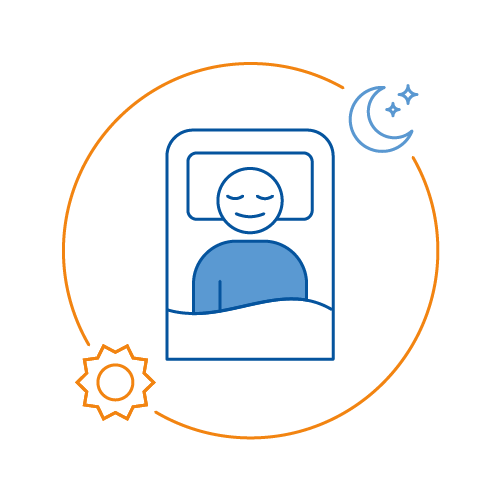
Defining Sleep Quality
Most people can rate their sleep as good, bad, or something in between. In fact, you can directly observe many aspects of sleep quality. How you describe your sleep or the information that sleep tests and technology can capture, mostly fits into four different elements:
- Sleep Latency: how long it takes you to fall asleep
- Awakenings: the number of awakenings you have during the night
- Wake After Sleep Onset: the amount of time you are awake after first falling asleep
- Sleep Efficiency: the ratio of time asleep to time lying in bed
These four elements were decided by an NSF-led expert group after an extensive review of 277 research studies and previously published in Sleep Health as a consensus guideline. If a scientist, expert, spokesperson, company, agency, or other source is talking about sleep quality without including these kinds of features, they may not be following the most complete and up-to-date recommendations.
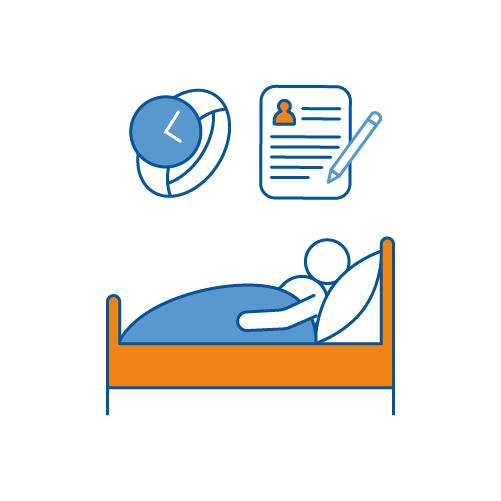
How Do You Measure Sleep Quality?
The most recognized way to measure the four elements of sleep quality is the polysomnogram (PSG), which is an in-lab sleep test used in both research and clinical work. Recent technology innovations in at-home sleep tests make it possible to measure nearly all of the same sleep features as the in-lab PSG. Other devices with various sensors can capture some of these same sleep data and can be grouped into the following categories:
- Wearables: Technology we wear on our bodies like watches, rings, headbands or hybrid clothing items
- Nearables: Devices connected to our beds or in our bedrooms that track our movement, breathing, or body temperature
- Airables: Technology that uses wireless signals to monitor sleep through sound, radar, and environmental information
To help ensure sleep products gather the right information about a person’s sleep quality, NSF joined with the Consumer Technology Association® (CTA) to publish a new technology standard in 2024. This fifth standard for sleep devices from NSF and CTA is meant to help developers, product manufacturers, and the public know what’s expected of a product when it says it measures sleep quality.
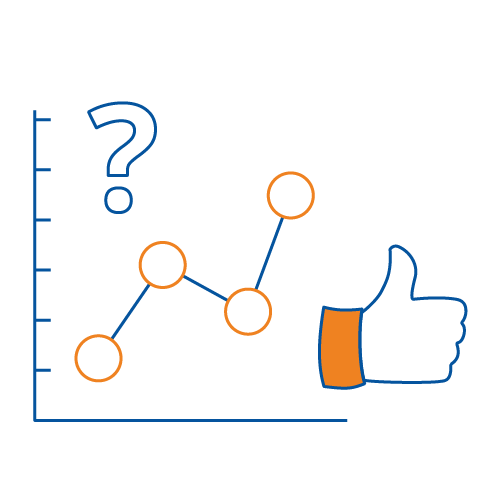
So, How’s Your Sleep Quality?
Now that you know what sleep quality is, how it is measured, and the role technology can play, let’s ask: how is your sleep quality? All of the dimensions of sleep quality can be self-rated following a night of sleep (sleep latency, awakenings, wake after sleep onset, and sleep efficiency). NSF recommends checklists based on age that can be a good measuring stick. If you answer “yes” to most of the questions below, congrats! you likely have good sleep quality.
Adults (18-64 years old):
- Did you fall asleep in 30 minutes or less?
- Did you wake up 1 time or less during the night?
- In total, were you awake for 20 minutes or less after falling asleep?
- Were you mostly asleep while in bed (i.e., 7 out of 8 hours)?
Older Adults (65 years old or more):
- Did you fall asleep in 30 minutes or less?
- Did you wake up 2 times or less during the night?
- In total, were you awake 30 minutes or less after falling asleep?
- Were you mostly asleep while in bed (i.e., 7 out of 8 hours)?
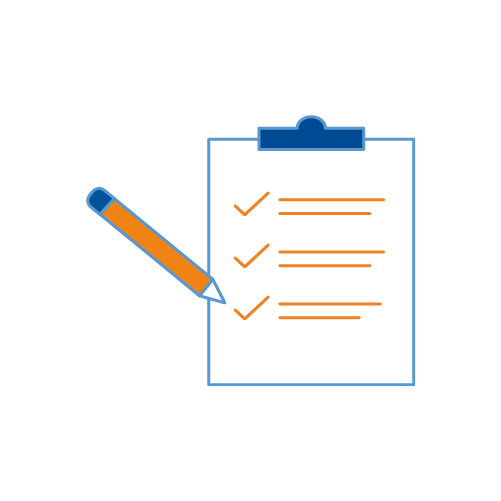
Improving Sleep Quality
If you’re concerned that your sleep quality is subpar, don’t fear, there are several things you can do. First, you can work to make some changes to your daytime and nighttime behaviors. NSF’s Best Slept Self® framework includes 6 small steps you can take during the day and at night to help you get the quality sleep you need. For instance, exercising 5 days a week, avoiding technology close to bedtime, and eating your meals at consistent times can help. Learn all the steps you can take to be your Best Slept Self® here.
Second, you can consider adding some proven products or services to your daily lifestyle. Asking some straight-forward questions can help you choose which options may meet your own sleep quality needs:
- Are recommendations based on evidence or expert opinion?
- Is a product’s claim to measure or improve sleep quality supported by research or data?
- Do the product or service claims align with NSF/CTA definitions for sleep quality?
Third, if you’re having specific symptoms or still not getting the sleep you need after using some of these solutions, it may be time to check with a healthcare professional. If you suspect a medical condition is at the root of your sleep problem, your healthcare provider can help find the source and work with you to choose appropriate treatment options that fit your needs.
Improving the quality of your sleep is an important part of waking up feeling energized and ready to tackle the day. NSF is here to help you be your Best Slept Self®.
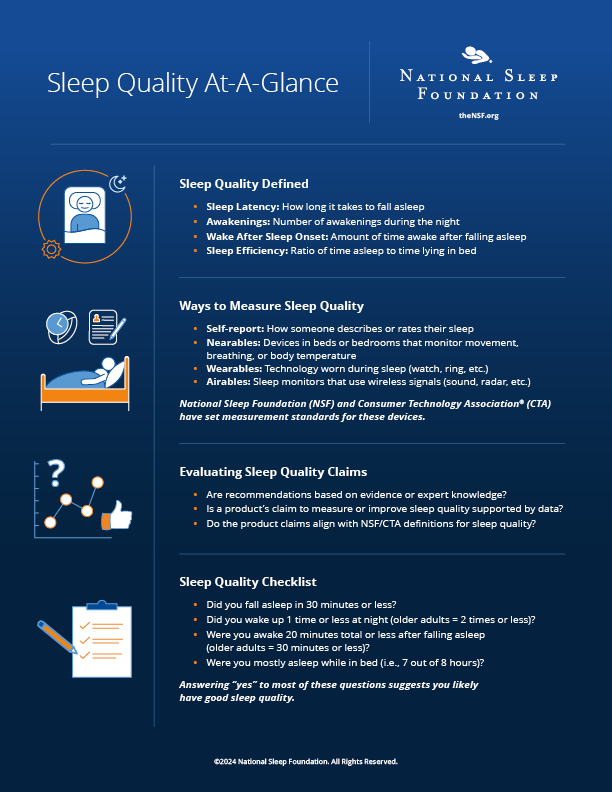
Sleep Quality At-A-Glance
Learn more about sleep quality and ways to improve your sleep health.